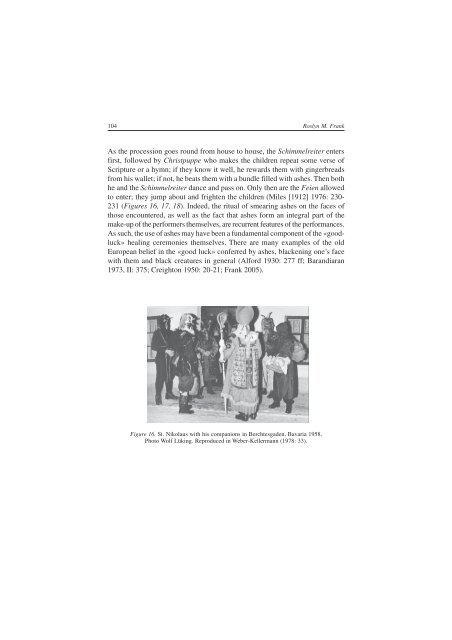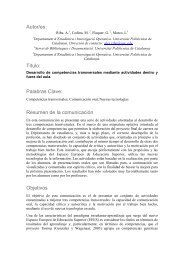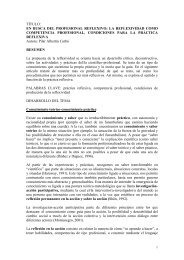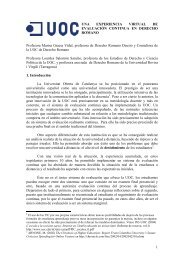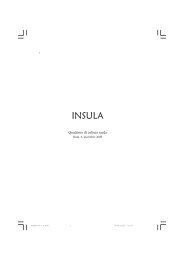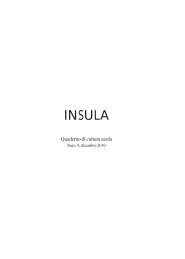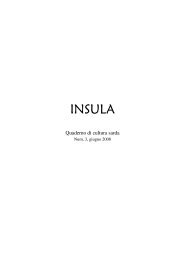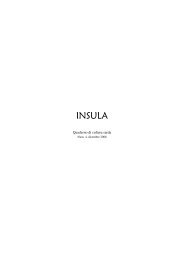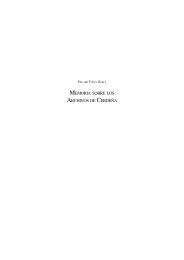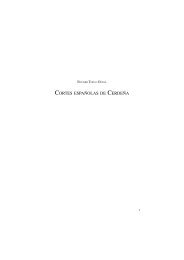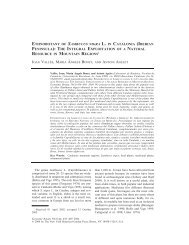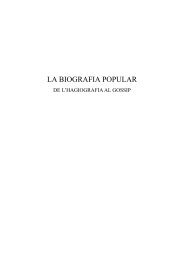Impaginato 5.p65 - Universitat Rovira i Virgili
Impaginato 5.p65 - Universitat Rovira i Virgili
Impaginato 5.p65 - Universitat Rovira i Virgili
You also want an ePaper? Increase the reach of your titles
YUMPU automatically turns print PDFs into web optimized ePapers that Google loves.
104<br />
Roslyn M. Frank<br />
As the procession goes round from house to house, the Schimmelreiter enters<br />
first, followed by Christpuppe who makes the children repeat some verse of<br />
Scripture or a hymn; if they know it well, he rewards them with gingerbreads<br />
from his wallet; if not, he beats them with a bundle filled with ashes. Then both<br />
he and the Schimmelreiter dance and pass on. Only then are the Feien allowed<br />
to enter; they jump about and frighten the children (Miles [1912] 1976: 230-<br />
231 (Figures 16, 17, 18). Indeed, the ritual of smearing ashes on the faces of<br />
those encountered, as well as the fact that ashes form an integral part of the<br />
make-up of the performers themselves, are recurrent features of the performances.<br />
As such, the use of ashes may have been a fundamental component of the «goodluck»<br />
healing ceremonies themselves. There are many examples of the old<br />
European belief in the «good luck» conferred by ashes, blackening one’s face<br />
with them and black creatures in general (Alford 1930: 277 ff; Barandiaran<br />
1973, II: 375; Creighton 1950: 20-21; Frank 2005).<br />
Figure 16. St. Nikolaus with his companions in Berchtesgaden, Bavaria 1958.<br />
Photo Wolf Lüking. Reproduced in Weber-Kellermann (1978: 33).


